Released from 1995 to 2021, Neon Genesis Evangelion is a formidable series to first get into. With its many nondescript titles, multiple edits of the same films, spin-off manga, and games, what do you need to watch?
Most people think of the original 26-episode anime and its conclusion film End of Evangelion when they talk about Evangelion, while others may extend that to include the Rebuild of Evangelion films released since 2007. Below, we’ll go through the main entries to the series and cover what you need to see to be up on the classic mecha anime.
Original Anime (1995-1996)

The show that started it all. Evangelion was an overnight sensation that changed the trajectory of the medium itself. The original anime series was more of a cult hit in America, however, due to the second hand, questionably sourced VHS based distribution of anime in the late ‘90s and ‘00s. Released on Netflix in 2019 with a new voice cast and translation, Evangelion became much more accessible and more firmly rests as a classic with its wider viewership today.
Death & Rebirth (1997)

If you’re watching the series on Netflix, you’ll notice something called Evangelion: Death(True)^2. Between the conclusion of the 26 episode anime series and End of Evangelion (below), Gainax released the two part film Neon Genesis Evangelion: Death & Rebirth. Part 1, Death, is a clip show recap of the anime while part 2, Rebirth, is new animation that would become a part of End of Evangelion four months later.
Why release it then? While Gainax was fond of retreading old ground — both for narrative and production purposes — the 1997 theatrical release of Death & Rebirth may have been the only way for many fans to brush up on the series in the year between episode 26 and End of Evangelion.
The need for theatrical screenings of Evangelion lead to more confusing releases. In 1998, a version of Death & Rebirth with less of that new footage aired under the name Evangelion: Death(True), which was further edited (to contain slightly more footage) into Death(True)^2. This version was released in theaters alongside End of Evangelion in a theatrical presentation of the series called Revival of Evangelion, and it is this edit that finally made it to Netflix in 2019.
Since all of the footage in each version of Death & Rebirth is contained in the show or End of Evangelion, there’s really no need to watch it in 2021. You may as well skip to its use in the next installment of the franchise.
End Of Evangelion (1997)

While End of Evangelion is a sort of alternate ending to Evangelion, it’s required viewing if you want to talk about Evangelion today. The central question facing Shinji in Evangelion is whether he should open himself to the possibility of love and the pain that comes with it (what the show calls the Hedgehog’s Dilemma) or reject love, friendship, and community. In episode 26 of the anime, Shinji embraces humanity and difference. EoE is about the apocalyptic outcome of Shinji choosing rather to reject instrumentality.
This one is heavy. Shinji’s nihilism becomes vitriolic as he spews all sorts of hate against the women close to him, and the film is bookended by two particularly infamous scenes of the protagonist forcing himself on Asuka. While the text seeks to critique Shinji, it’s on fraught ground replicating so much misogyny.
But, it is also a central part of what Evangelion is remembered as today. You can’t unsee the Third Impact.
Rebuild Of Evangelion (2007-2021)

Yes, really, Rebuild of Evangelion is 14 years in the making, but I’m sure that meaningful length of time is a total coincidence. Rebuild, or Evangelion: New Theatrical Edition, is a hard thing to define. Some consider it a simple retelling, other’s a chronological sequel, others an alternative universe. How can we make sense of these films?
There are four parts to Rebuild:
- Evangelion: 1.0 You Are (Not) Alone (2007)
- Evangelion: 2.0 You Can (Not) Advance (2009)
- Evangelion: 3.0 You Can (Not) Redo (2012)
- Evangelion: 3.0+1.0 Thrice Upon a Time (2021)
You’ll notice in some of the blu ray releases that those numbers are modified a bit as well, but they’re mostly the same films.
While Rebuild set out to retell the events of the original anime, peculiar oddities always stood out. The ocean is red, invoking the final moments of End of Evangelion. The same characters are all there, but Asuka has a new last name and there’s a new pilot. When it’s time for Toji to [spoilers], he conveniently gets replaced by Asuka. Further, characters like Gendo and Kaworu hint at a knowledge of the show’s plot and even a meta-awareness of the direction of the films.
The Rebuild’s are a commentary on anime as a medium and global audiences fervor over Evangelion, and in that way, the sequel status of the rebuilds arises as a narrative contrivance that doesn’t bother to justify itself in the world. In fact, Anno might laugh at the many attempts to make the plot entirely coherent.



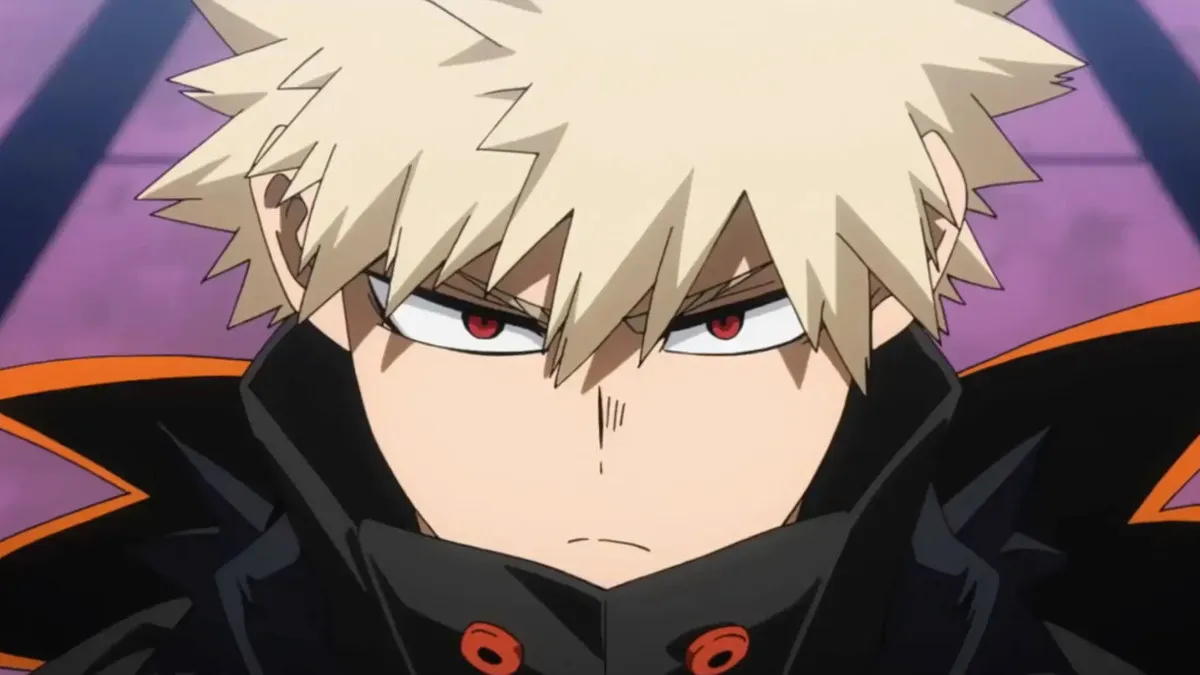
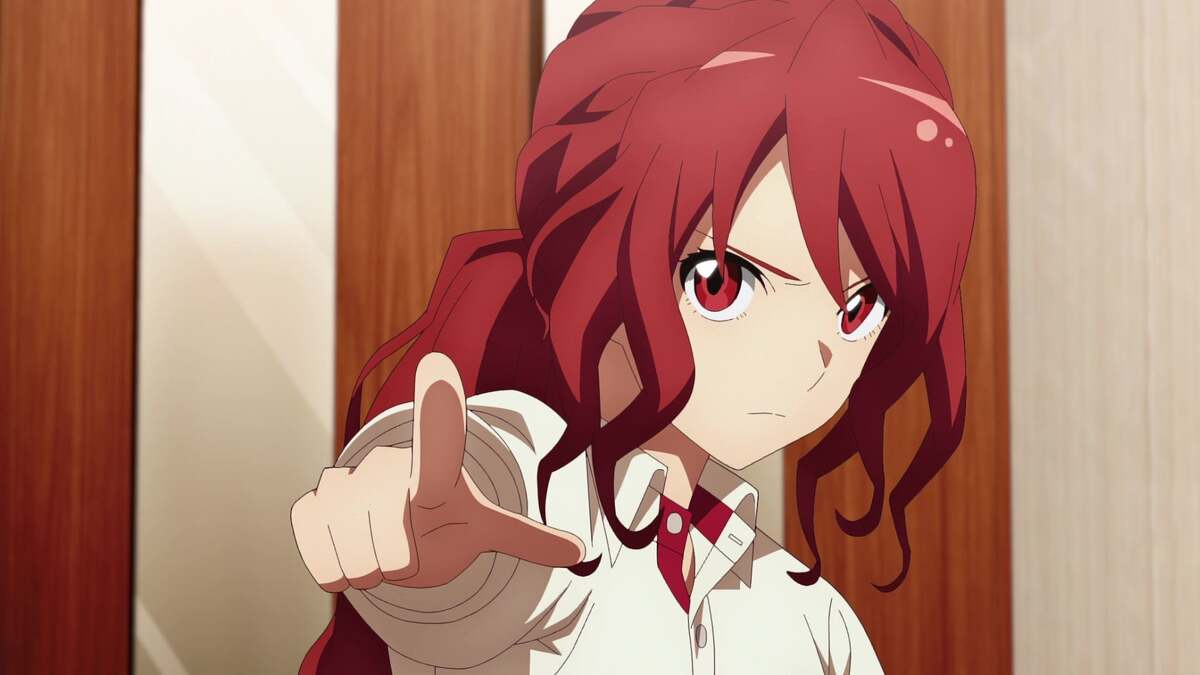
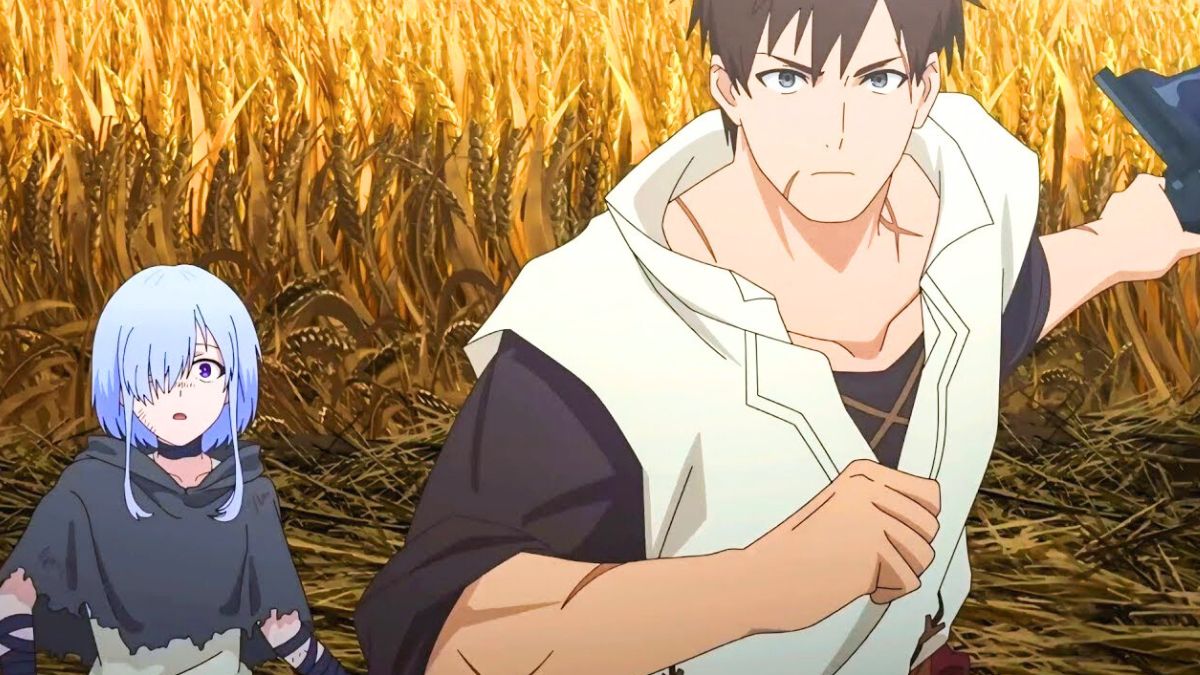
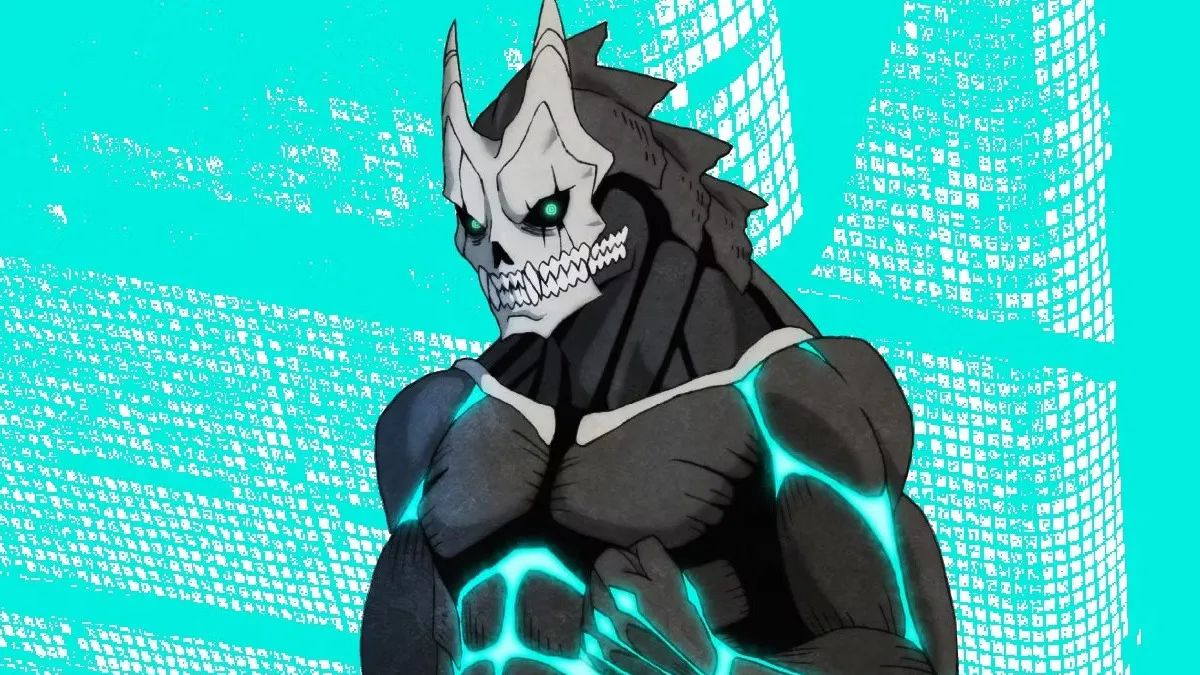
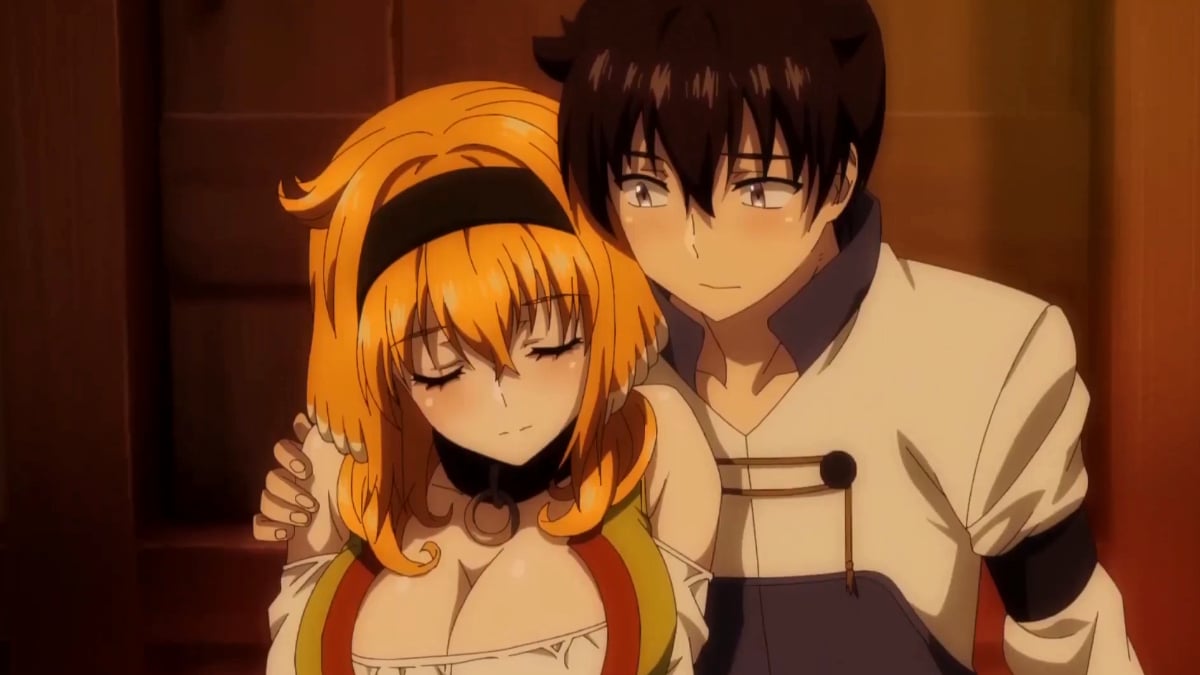
Published: Aug 9, 2021 08:24 pm